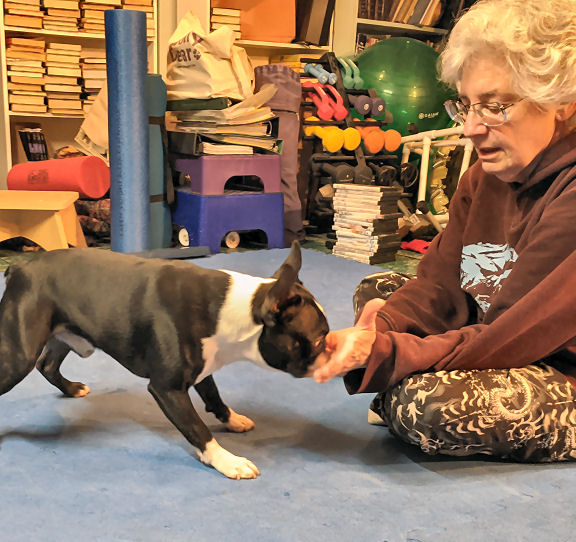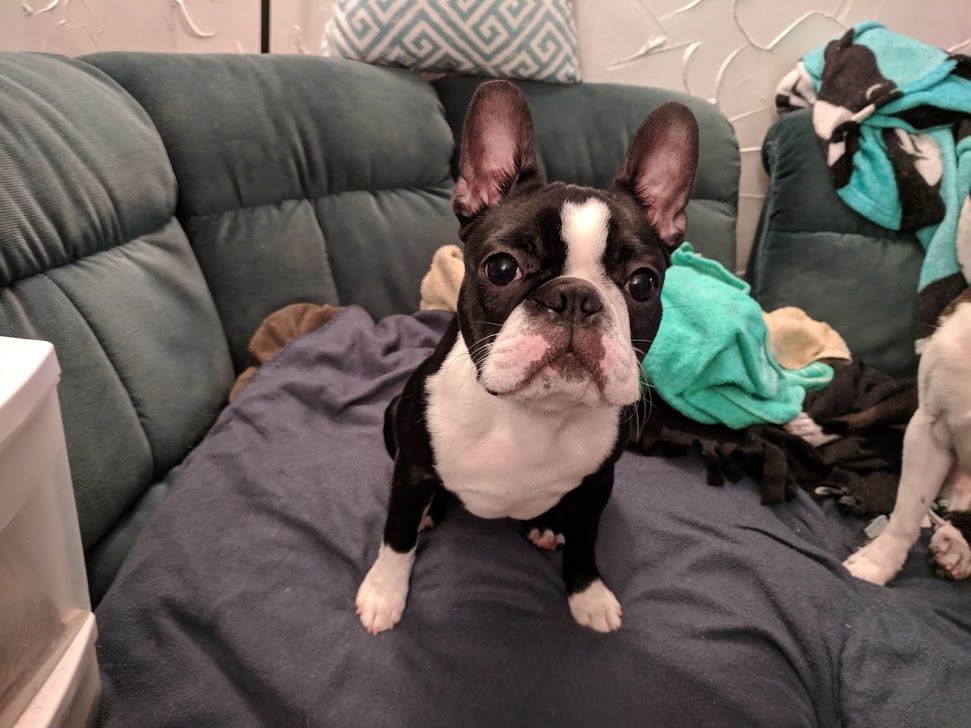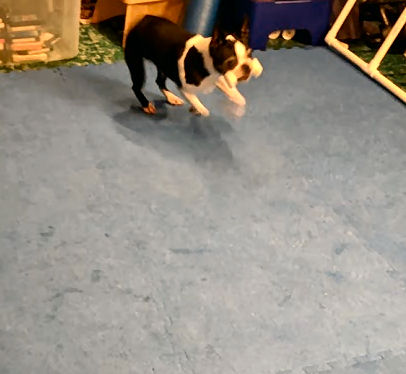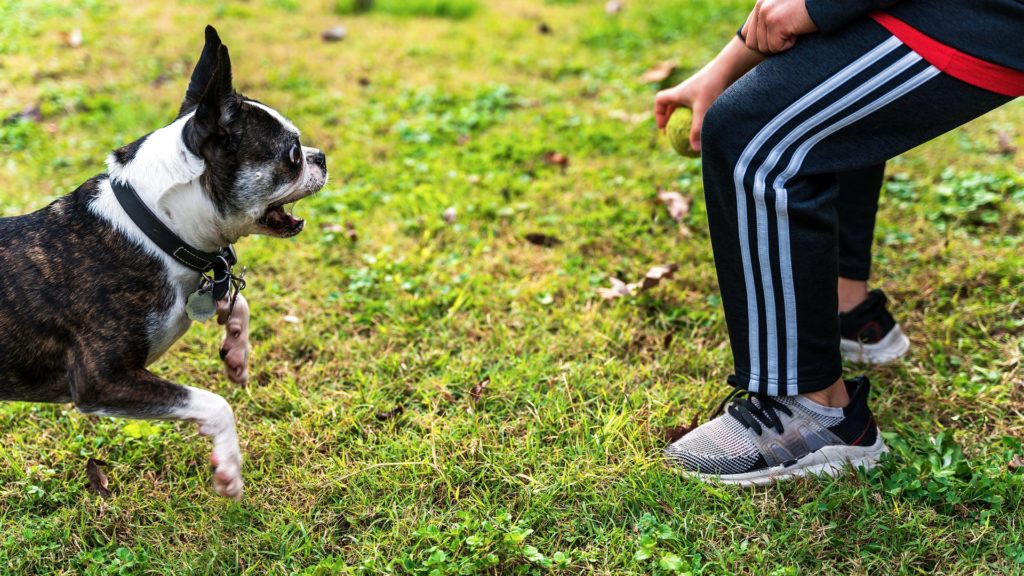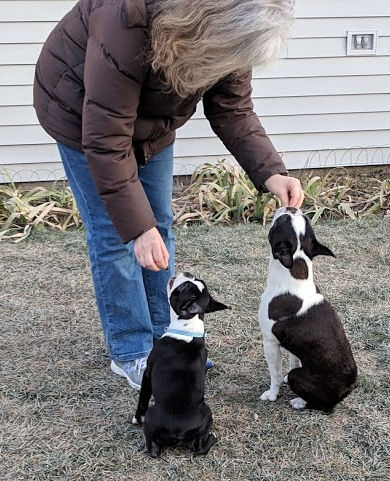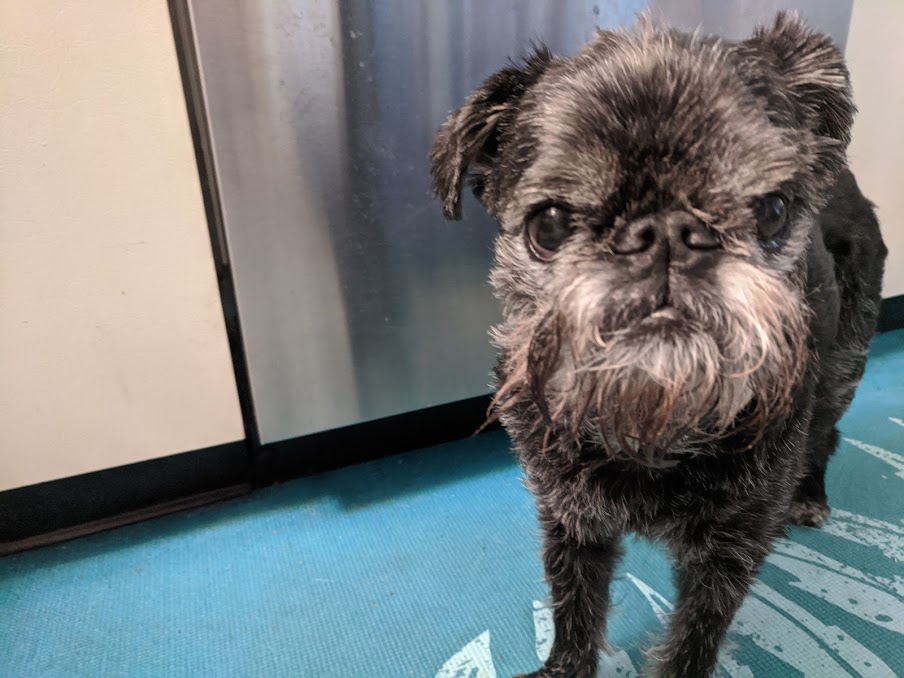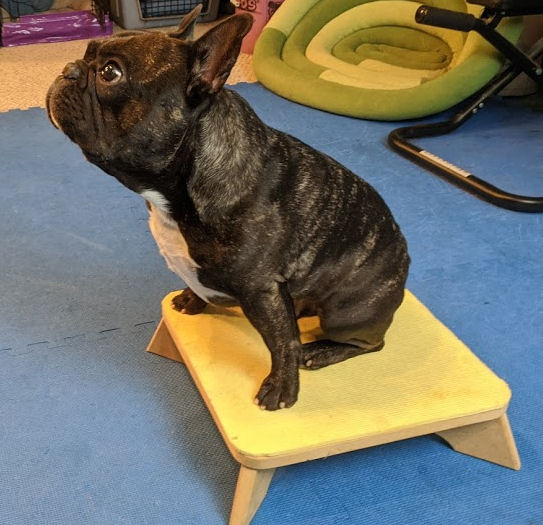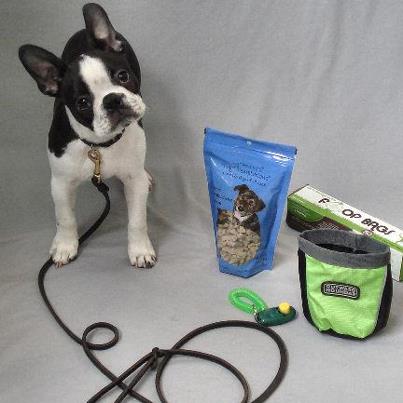If your puppy or dog has developed a bad habit, we have some bad news for you. He’s not going to grow out of bad habits or give them up.
Dogs always do what’s most rewarding for them. If they’re getting their jollies from doing something naughty they’re going to keep doing it. Unless you provide a more rewarding option. It’s as simple as that.
Stealing socks
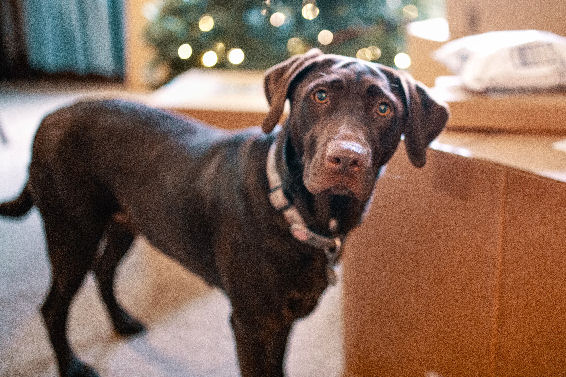
One of the puppies in our Beginner Obedience class steals socks. It started when he was little and grabbing socks off the floor. Now he’s a 60-lb., eight-month-old, powerful Lab and he’s grabbing socks from the drawer when his mom opens it.
Unless something changes, we expect his next move will be learning to open the drawer by himself.
Mom, a first-time dog owner, asked in class “But isn’t he going to grow out of it?”
No. No, he’s not. He thinks that the whole process, sneaking up beside Mom when she opens the drawer, grabbing the sock, taking off with his prize, and being chased all over, is a fantastic game. Why would he change it?
Better alternative
Because this is an established routine, Mom is going to have to work a bit harder to get it to stop. The first step is to find another game that’s even more fun. It can be as simple as finding an actual toy to play tug with while you get your socks.
Or you can take the opportunity to play “Whatcha Gonna Do?” and teach the dog to leave the sock drawer (food on the counter, garbage can, etc.) alone.
Be prepared
Have treats handy – either in a bowl out of reach, a pouch or fanny pack, (hardware store nail aprons are good dog-training-treat holders). When you’re near the sock drawer, just stand there and wait for the dog to do something good. If he sits, click and treat.
Reach for the drawer. Wait for a good decision. Click and treat.
Open the drawer slightly. Be ready to either close the drawer or click and treat good choices.
Step by step, wait for your dog to make good decisions. It will teach him how to behave in almost any circumstance. Your dog will learn that it’s more rewarding to ask for permission than forgiveness.
It may take longer than imposing your will, but it will work better for everyone in the long run. Teaching your dog to make good decisions translates to every aspect of life. From stealing socks to counter-surfing, as we wrote about a few months back.
Habit persists
Habit is one of the more powerful forces in the universe. And changing a bad habit requires determination. Dogs don’t grow out of bad habits, but they can change.
Until the new, good behavior takes the place of the naughty one, it’s up to us to manage the environment so the dog can’t practice bad behavior. A mistake or two isn’t the end of the world, but it will take progress back a notch or two.
Be patient, go step-by-step, and schedule a few extra minutes to get dressed in the morning. It’s worth it.

